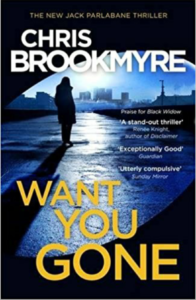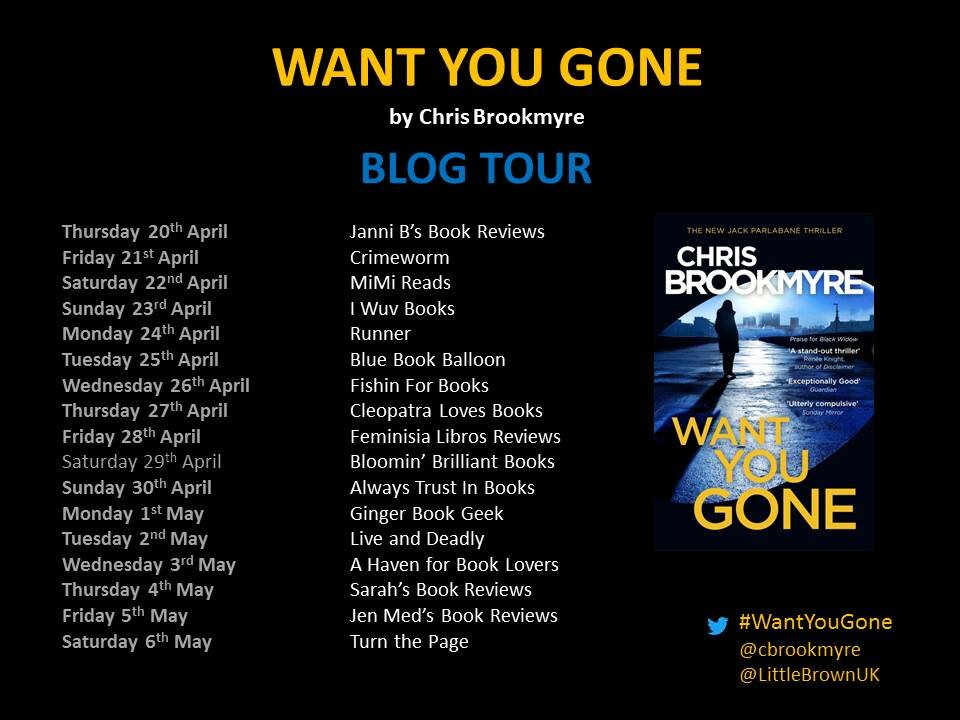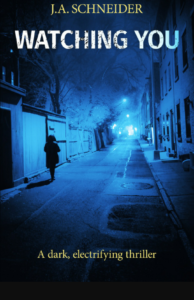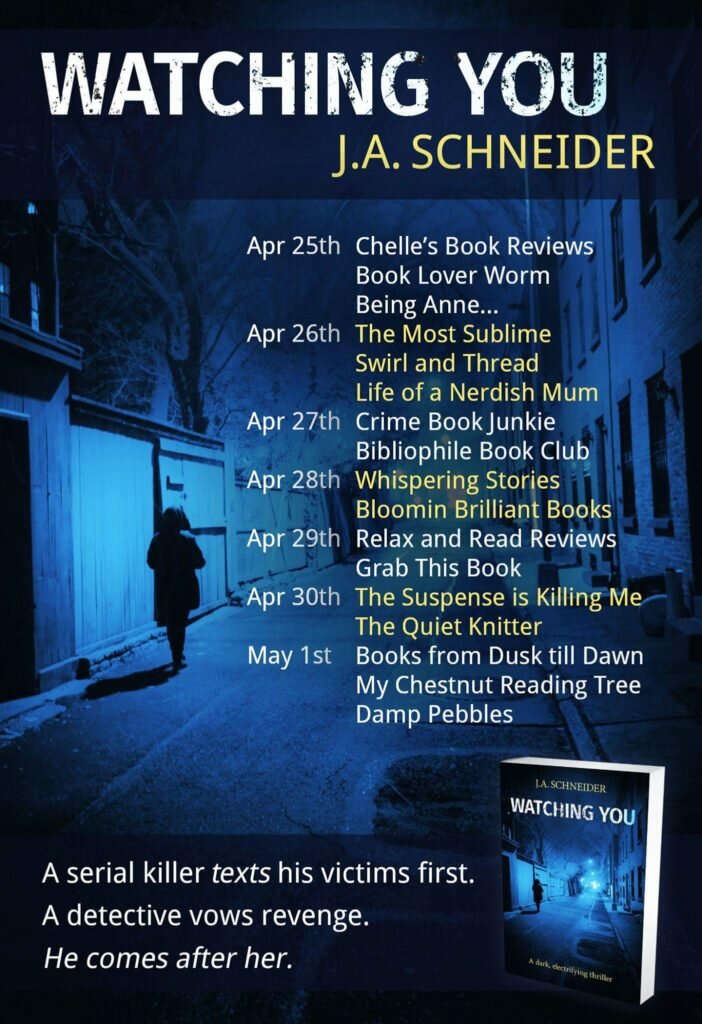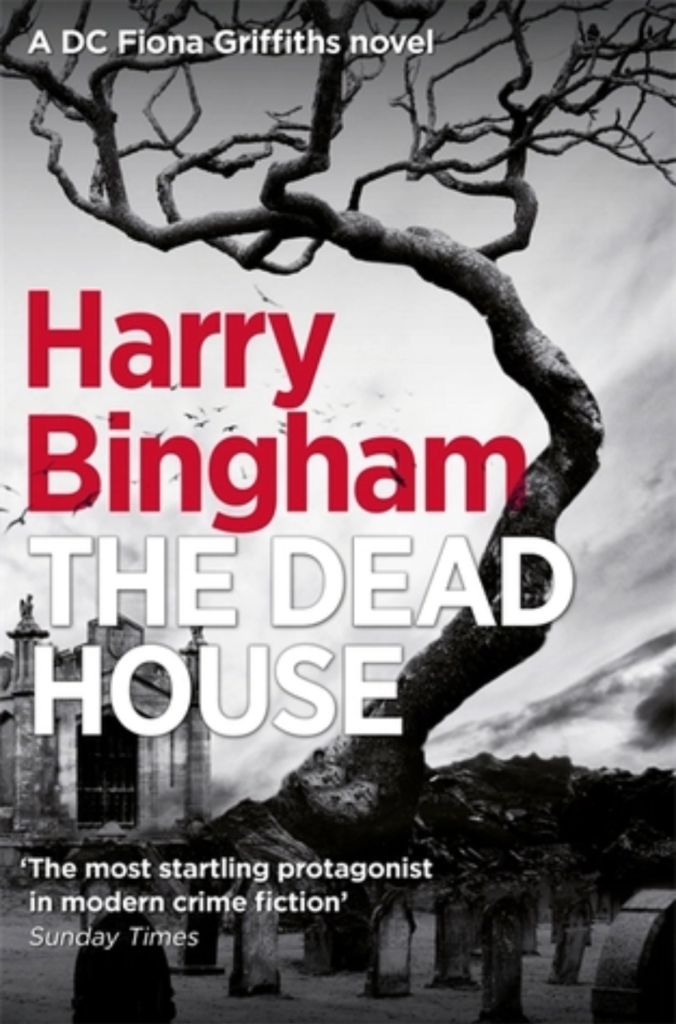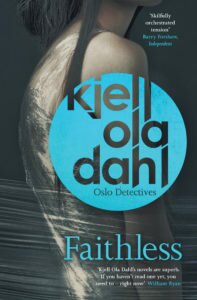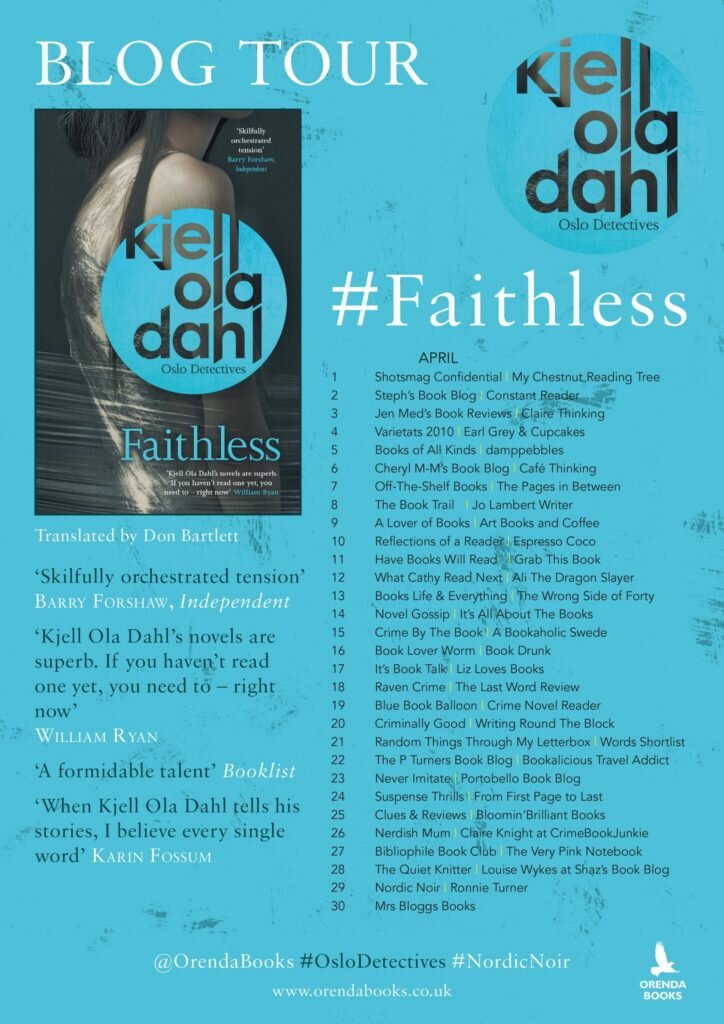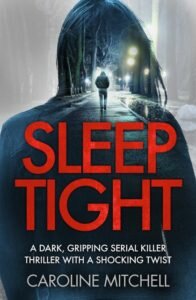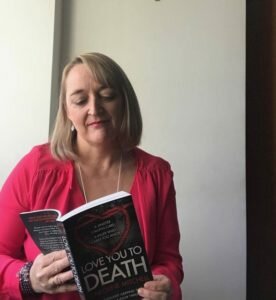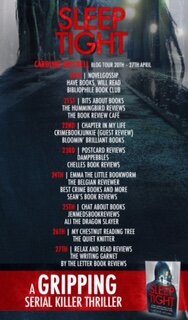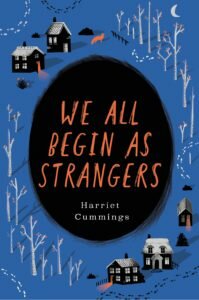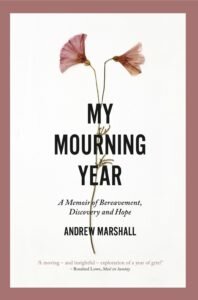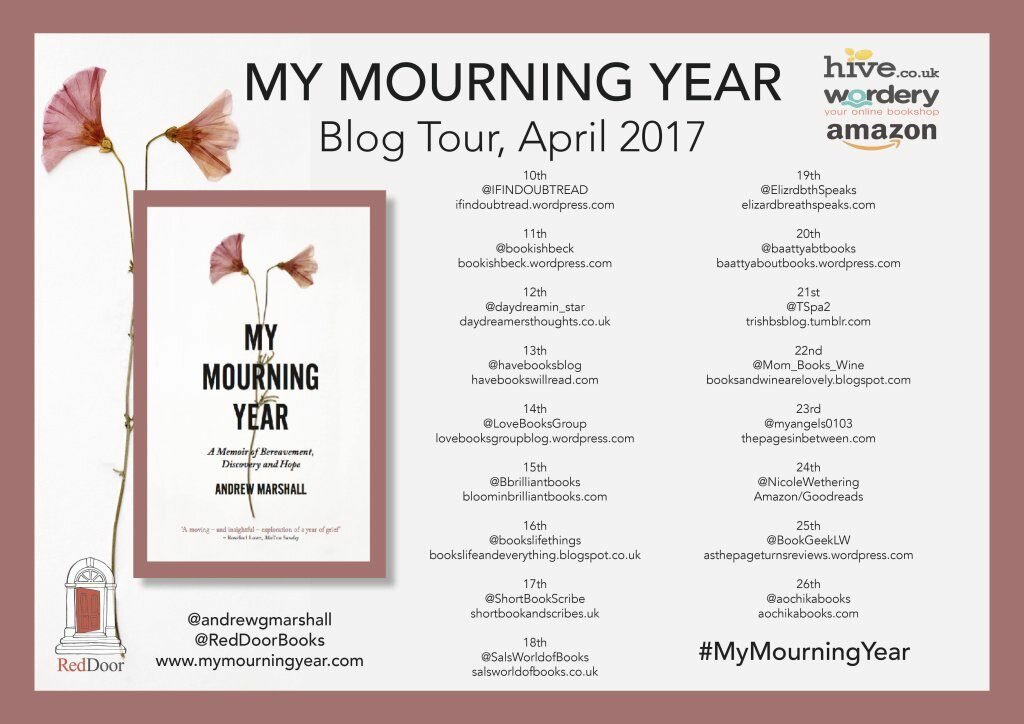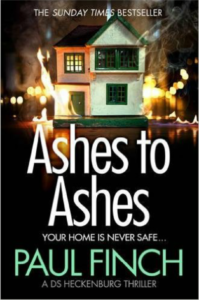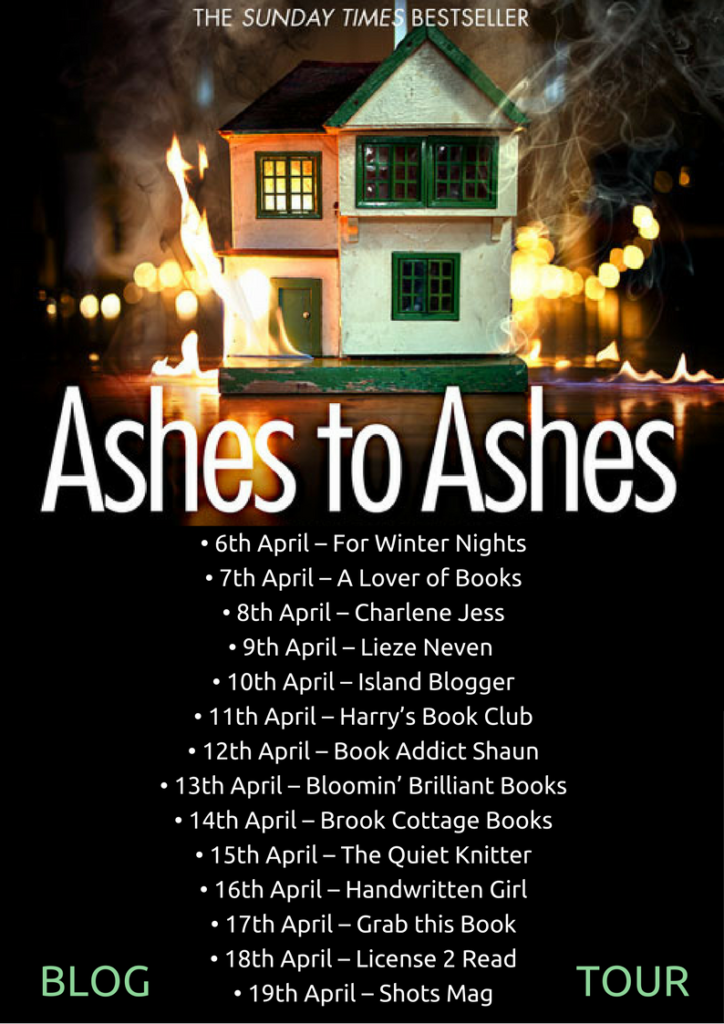I was approached to see if I would be able to read and review Seas Of Snow by Kerensa Jennings. Because I am being good (and for once in my life sensible!) and trying to make a dent in my ever-toppling ‘to review’ pile, I very sadly had to say no. I was pretty gutted about this as Kerensa’s debut novel sounds stunning and is definitely on my TBR list. I am very excited, however, to be able to bring you a fantastic guest post by Kerensa on Good vs Evil, which I know you will enjoy reading as much as I did. So instead of waffling on I will place you in Kerensa’s good hands…

Good versus Evil – a Story as Old as Time
“There was once a poor man, who was a woodman, who went every day to cut wood in the forest…
And the two children were so very fond of each other, that they were never happy but when they were together….
In the afternoon of the third day they came to a strange little hut, made of bread, with a roof of cake, and windows of barley-sugar…
Hansel had torn off a large piece of cake from the roof, when the door opened, and a little old lady fairy came gliding out….
But the fairy was a spiteful one, and had made her pretty sweetmeat house to entrap little children…”
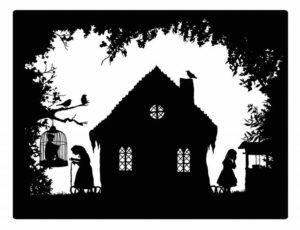
Hansel and Gretel. Two little children, pottering off together into the woods. The picture of innocence.
We are all familiar with the story. A classic tale of good versus evil. Innocence triumphing over adversity. And some horrific incidents involving a wicked witch; a dreadful mother who brutally casts the children in her care to a fate in the woods; and a weak father who helplessly colludes.
A story as old as time.
We all love stories. We can lose ourselves in them. Escape, run away. Use them as a source of solace and comfort. Empathise with the characters, feel their joy, endure their pain. Stories give us permission to live an alternate reality, fly away into our imaginations. Stories give us permission to experience what psychologists call ‘transference’ – where we project our emotions and life stories onto others. It is easier for a child to hate a step-mother in a story than to admit in his or her heart of hearts they hate their own.
The extracts above come from a precious 1839 edition I have of the Grimm brothers’ collection of ‘Popular Stories’. I have always been fascinated by fairy tales and have a collection of beautiful books from around the world. Fairy tales help us make sense of life, one step removed. And everyone always lives happily ever after.
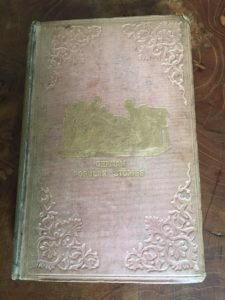
The original collections the Grimm brothers amassed were collected as oral stories then written up. These were adapted several times even in the brothers’ own lifetime, and these days the Disneyfied stories we tell our children are scarcely recognizable from their early incarnations. The original tales were imbued with darkness, sex, incest. Not the type of thing you would choose as a bedtime story for your little one.
When I was at university, my thesis was titled ‘Persecution and Revenge of the Innocents’. I took five of the stories – including Hänsel und Grethel – (from the third publication of the Grimms’ collection) and conducted a psychoanalytical analysis of the tales, exploring themes of innocence, corruption, good and evil.
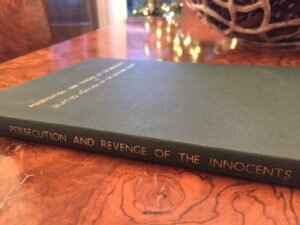
I examined archetypes in the Grimm’s stories. In fairy tale land, there is a logic which works something like this – if a character is beautiful and light, then they are innocent and good. If a character is ugly and dark, then they are corrupt and evil. Even the Disneyfication of fairy tales notwithstanding, we are all familiar with the idea…
In SEAS OF SNOW, I have attempted to create a profound dichotomy between good and evil. We see the world through the eyes of little Gracie, a picture of innocence, kindness, sweetness and loveliness; and then also through the perspective of her uncle Joe – a character whose darkness seeps through every pore.
Gracie and her best friend Billy often go to play in the woods, using playtime and stories to invent worlds and games in fairy tale kingdoms with dragons and princesses. Friendship and love bind the past and the present as the story dances through time. And the horror unfolds with uncle Joe turning his violent attentions to little Gracie.
I so wanted to write something so that victims and their families could have ‘permission’ to stop feeling they are at fault, or to blame. The truth is in today’s troubled times as much as ever – so much goes on behind closed doors. People on the outside are often perplexed that someone stayed in a domestic abuse situation; or can’t fathom why no-one took action to help. SEAS OF SNOW seeks to offer a way for people who are suffering to see they are not alone.
I wrote the novel as a process of catharsis for myself. I had lead the BBC News coverage of the Soham investigation, working closely with the police. This was a terrible case where a school caretaker brutally murdered two little girls, stealing their futures and robbing their families and friends of their loved ones.
The caretaker, Ian Huntley, was interviewed by the press and the media in the days after the girls went missing. He outwardly betrayed the appearance of someone who was a caring member of the community. All the while, as he lied and lied, he knew exactly what he had done. Hiding in plain sight. Working on this case for many months affected me profoundly.
So in creating Joe, I wanted to explore whether evil is born or made. Examine that age old debate of nature versus nurture. Bring to life an antagonist who people would fall in love with because of his outward appearance and charisma. Then make him evil to the core so our revulsion at him and what he is capable of makes us feel duped and horrified. I wanted that emotional disjuncture. That sense of not being able to trust our own eyes.
My fascination for fairy tales has influenced my writing throughout my life. People who read SEAS OF SNOW will recognise some of that thinking I suspect. Trust. Betrayal. Consequences.
When I was putting my thoughts together on how to craft my story structure in the novel, I began casting around for inspiration of time and place. I knew I wanted to transplant the original genesis of my thinking into another time and place.
I had bought the book “Mémoires d’Enfance” while I was living in Paris, largely because I was entranced by the photograph on the front cover. I discovered it was by a truly great American photo journalist called W Eugene Smith.
This is what he said about photography: “A photo is a small voice, at best, but sometimes – just sometimes – one photograph or a group of them can lure our senses into awareness. Much depends upon the viewer; in some, photographs can summon enough emotion to be a catalyst to thought.”
This is exactly what happened to me when I saw the little boy and the little girl in the woodland clearing. A sort of early twentieth century Hansel and Gretel. I found myself imagining who could have taken the photograph, who the children were, what their back-stories might be. Where did they live, what were their lives like? What were they called?
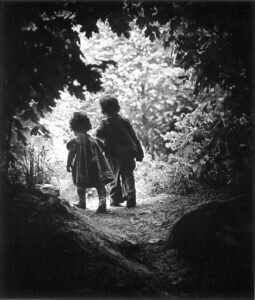
Suddenly, the names “Gracie” and “Billie” startled themselves into my mind. Whatever the truth of their identities, I “knew” that was what this sweet little twosome were called. And in time, these grew into “my” Gracie and Billie. During the development edit, my editor Scott Pack not unreasonably pointed out that the normal spelling of the boy’s name is Billy. So Billie became Billy. Early readers of my first drafts might have fond memories of Billie as he was, but it felt fitting to give him his proper boy name.
With the photograph came the inspiration for placing the story in the 1950s. From there it was a hop and a skip to deciding North Shields in Tyneside for the location as this was where my Nanny had grown up. I’d been there for a special and rather formative holiday with her in my early teens.
SEAS OF SNOW is bleak psychological thriller. Uncle Joe appears unexpectedly in Gracie’s life when she’s just five years old. And changes everything. SEAS OF SNOW is a story of trust and betrayal, of the worst kind.
Drawing on the power of storytelling in fairy tales, it’s about good versus evil.
A story as old as time.
A huge thank you to Kerensa for taking the time to write such a wonderful piece. I loved reading this!
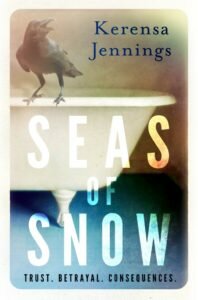
Seas Of Snow – The Blurb
1950s England. Five-year-old Gracie Scott lives with her Mam and next door to her best friend Billy. An only child, she has never known her Da. When her Uncle Joe moves in, his physical abuse of Gracie’s mother starts almost immediately. But when his attentions wander to Gracie, an even more sinister pattern of behaviour begins.
As Gracie grows older, she finds solace and liberation in books, poetry and her enduring friendship with Billy. Together they escape into the poetic fairy-tale worlds of their imaginations.
But will fairy tales be enough to save Gracie from Uncle Joe’s psychopathic behaviour – and how far will it go?
How brilliant does Seas Of Snow sound? Published on 16 March 2017 you can purchase a copy via the following links –
UK: Amazon Link
US: Amazon Link
